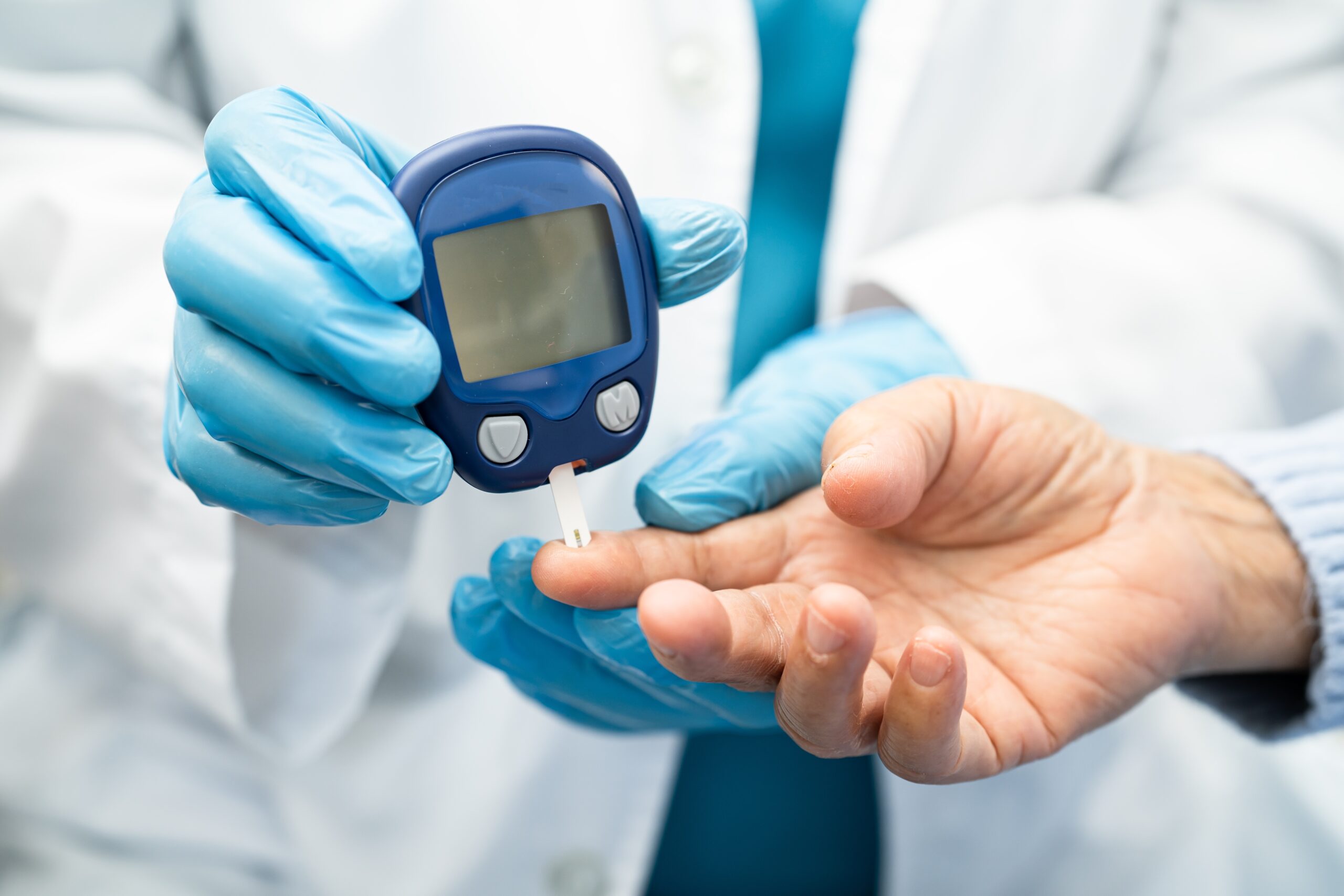Table of Contents

Experts are now questioning whether pursuing 'normal' blood sugar levels through continuous glucose monitoring might be putting some patients at risk of dangerous hypoglycemic events.
At a Glance
- Continuous glucose monitoring (CGM) provides real-time data beyond what traditional HbA1c measurements can reveal, offering more personalized diabetes management
- The concept of "Time in Range" (TIR) has emerged as a critical metric, with a target of keeping glucose levels between 70-180 mg/dL for at least 70% of the time
- Experts now emphasize individualized glycemic targets that balance optimal control with patient safety
- CGM access remains limited for many Americans, particularly those from disadvantaged populations
Beyond HbA1c: New Ways to Measure Glucose Control
For decades, the Hemoglobin A1C (HbA1c) test has served as the gold standard for assessing long-term diabetes management, providing an average of blood glucose levels over approximately three months. However, medical understanding has evolved to recognize its limitations. HbA1c fails to capture short-term glycemic variability and hypoglycemic events that can significantly impact patient health and quality of life. This realization has prompted diabetes care specialists to seek more comprehensive measurement approaches.
Continuous glucose monitoring (CGM) represents a paradigm shift in diabetes management by tracking glucose levels throughout the day and night. This technology reveals patterns and fluctuations that traditional finger-stick measurements might miss. The Glucose Management Indicator (GMI), derived from CGM data, estimates HbA1c values, providing critical insight when laboratory measurements differ from expected results based on daily glucose readings. This discrepancy often highlights individual glycation variations that affect how accurately HbA1c reflects actual glucose control.
https://www.youtube.com/watch?v=LD-oYL2XbJE
Time in Range: A Patient-Centered Metric
Time in Range (TIR) has emerged as perhaps the most meaningful metric for patients using CGM technology. TIR represents the percentage of time a person maintains their blood glucose levels within a recommended target range, typically 70-180 mg/dL. Current guidelines suggest most people with diabetes should aim for a TIR above 70%. This approach acknowledges the reality that perfect glucose control is unrealistic while providing a clear, actionable target that correlates with reduced risk of complications.
Research has consistently demonstrated that maintaining good TIR correlates with preventing serious diabetes complications including retinopathy, cardiovascular disease, neuropathy, and kidney disease. Equally important is minimizing time spent in hypoglycemia (below 70 mg/dL), which can cause immediate danger through impaired cognitive function, seizures, or even loss of consciousness. CGM technology provides automatic alerts when glucose levels approach these dangerous thresholds, allowing for timely intervention.
https://twitter.com/theryangray/status/1860022827237413290
Individualizing Glycemic Targets for Safety
The evolution in diabetes management has moved from a "lower is better" approach to glucose control toward more nuanced, personalized strategies. Experts now recognize that pursuing near-normal blood glucose levels may carry unacceptable risks for certain patients, particularly those with hypoglycemia unawareness, advanced age, or multiple comorbidities. The debate among specialists centers on finding the optimal balance between tight control and patient safety.
For patients with type 2 diabetes, the discussion has expanded beyond glycemic control to include addressing underlying factors like obesity. Recent research suggests that significant weight reduction can dramatically improve glucose control, potentially allowing for medication reduction. Experts increasingly view adiposity management as a crucial component of comprehensive diabetes care, particularly considering the strong association between excess weight and insulin resistance.
Access Challenges and Future Directions
Despite their clear benefits, CGM devices remain inaccessible to many people with diabetes. Cost barriers, insurance coverage limitations, and technology adoption challenges disproportionately affect older Americans, lower-income populations, and racial minorities. The American Diabetes Association has made expanding CGM access a priority advocacy issue, particularly for Medicaid recipients who often face the most significant barriers to obtaining this technology.
Ongoing advances in glucose-lowering therapies complement the improved monitoring capabilities of CGM systems. Ultra-long-acting insulin analogs and newer medication classes have demonstrated abilities to reduce glycemic variability while minimizing hypoglycemia risk. The integration of these pharmacological approaches with real-time monitoring creates unprecedented opportunities for optimized diabetes management tailored to individual patient needs, preferences, and risk profiles.
Sources:
https://link.springer.com/article/10.1007/s13300-019-0619-1
https://diabetes.org/advocacy/cgm-continuous-glucose-monitors
AD
Most Recent
AD
